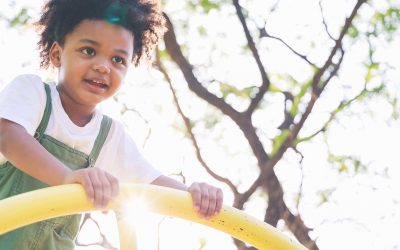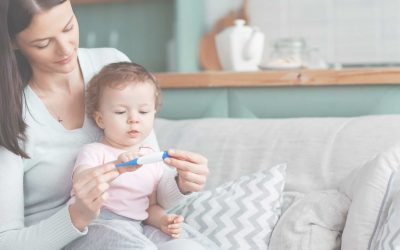Your Home and Car First Aid Kit
As the weather warms up, we will be outside more often. Unfortunately, cuts and scrapes and sometimes broken bones accompany kids and outdoor play.
There are a variety of commercially available first aid kits on the market. We purchased one from Costco that we keep in our car in case of emergency. Though they often contain many essential items, they may not include everything you need for your family. However, you can build your own kit from scratch or add to a commercial kit.
I suggest having a kit in your home and your car(s). My own is in the kitchen, readily available in case of minor emergencies; the other is in the trunk of my automobile. That way you are always prepared for those inevitable accidents. Exercise caution, though, that your children do not have easy access to these kits as they contain products you do not want them ingesting or playing with.
Here is what I recommend you keep on hand for first aid:
• Emergency contacts – This should include your child’s doctor, poison control, one or two close friends or neighbors and all caregivers’ contact info. I suggest that this list be prominently displayed. My list is on a kitchen bulletin board where it cannot be missed.
• Thermometers
• Petroleum jelly for using a rectal thermometer (recommended by the Canadian Pediatric Society till age 2 years)
• Rubbing alcohol swabs
• Antibiotic ointment for scrapes
• Pain medication – Ibuprofen and acetaminophen (NEVER ASA!)
• Syringe or medicine cups for dispensing medicine
• Topical steroid cream/ointment, like hydrocortisone – for bites and very minor burns (see more on burn management here)
• Antihistamines, such as Benadryl for mild allergic reactions (see more on allergies and anaphylaxis here)
• Adhesive bandages
• Gauze rolls and pads
• Medical adhesive tape
• Cotton balls (sterile is best)
• Medical gloves
• Saline drops or spray for congested noses
• Nasal suction to relieve congestion
• Tweezers
• Small scissors
• Simple sling
• A board/piece of cardboard that can be used to stabilize broken bones
• Saline eye drops to rinse irritants from the eyes or debris from a wound
• Sunscreen (see more on sun smarts here)
• Liquid soap (doesn’t need to be labeled ‘antibacterial’ – all soap is)
• Small blanket
• Flashlight
• Extra batteries
• Non perishable food supplies – granola bars and fruit bars work great
• Bottle or two of water
• Any prescription medication you child is taking or may need, including epipens
or puffers
Hopefully you will never require these kits, but if you do, you’ll be prepared!
Dina is a wife, mother of 4, and adrenaline junky. She loves to share children’s health information from her professional and personal experience. More About Dr Dina.










